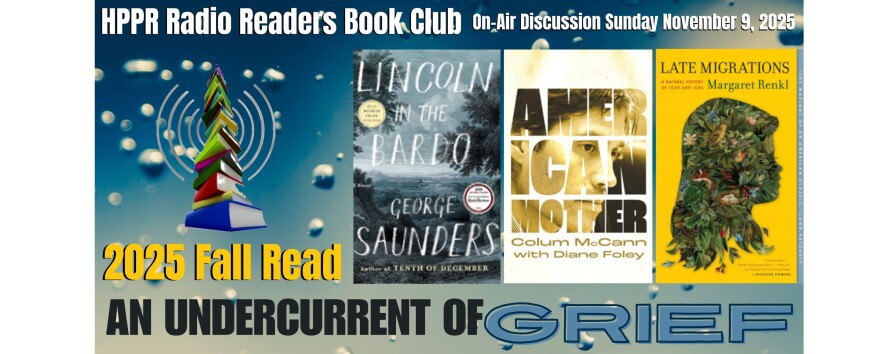Hello, Radio Readers. I’m Jane Holwerda. For our Fall 2024 series, we’re reading and talking about books that depict worlds Through the Eyes of a Child. This week, we’re wrapping up the classic Alice’s Adventures in Wonderland by Lewis Carroll. Published in 1865, the book describes the fantastical escapades of seven-year old Alice after she tumbles down a rabbit hole. Her adventures involve her own shape-shifting, a mad Hatter, assorted talking animals, including a white rabbit, tortoises, mice and cats; a few odd humans, and a Queen of Hearts who at the slightest infraction shrieks, “Off with their heads!”
Towards the end of the book, Alice is privy to the juried trial of the Knave of Hearts, accused of stealing the Queen’s tarts. I’m assuming these are fruit-filled pastries, what we might call turnovers, and not women who overly shared opinions and otherwise gave freely of themselves, shall we say, known as tarts in Victorian slang. It is a pun worthy of Carroll’s wit if a puzzling one for a children’s book. At any rate, called as a witness in the trial, Alice finds herself growing to her usual height, a height odd and anomalous in Wonderland. So odd and anomalous, she is told she must leave the court as she is in violation of Rule 42, which states that “All persons more than a mile high [are] to leave the court.” Alice, bless her heart, refuses to leave and accuses the court of just then inventing Rule 42. But no, she’s told, it’s the “oldest rule in the book.” Alice replies, “Then it ought to be Number One.” When the missing pastries themselves suddenly appear in court, the decapitating-happy Queen demands immediate sentencing of the accused and then a verdict. Alice speaks out:
“’Stuff and nonsense,’ Alice said loudly. ‘The idea of having the sentence first!’
‘Hold your tongue!’ said the Queen, turning purple.
‘I won’t,’ said Alice.
‘Off with her head!’ the Queen shouted at the top of her voice. Nobody moved.
‘Who cares for you?’ said Alice (…[now] grown to her full size…}. “You’re nothing but a pack of cards!’”
In response, the entire pack flies at Alice, she screams and ….spoiler alert…she finds herself no longer in Wonderland but on the riverbank, her head on her sister’s lap, her sister gently brushing away leaves that had drifted down upon Alice’s hair. Yes, Alice has awakened from a dream, Wonderland, the white rabbit, the mice and tortoise, the Queen, all of it a dream.
As a writerly strategy, to make Wonderland a dreamscape, the sounds of teacups and the crying of the Mock Turtle explained away as the very real and actual sounds of sheeps’ bells and lowing of cattle absolutely normalizes what had seemed so fantastical, so full of wonder.
But what about this dream Alice, the Alice in Wonderland --her curiosity, her ability to conform to an environment or to rise above it, to speak her opinions and to call out inconsistencies, her insistence on facts and justice….are we as readers to understand that all of this is fantastical, without parallel in reality?
For the late 19th century? For the early 21st? How sad, if so….
For HPPR Radio Readers, I’m Jane Holwerda in Dodge City, Kansas. May all our dreams be full of wonder.










